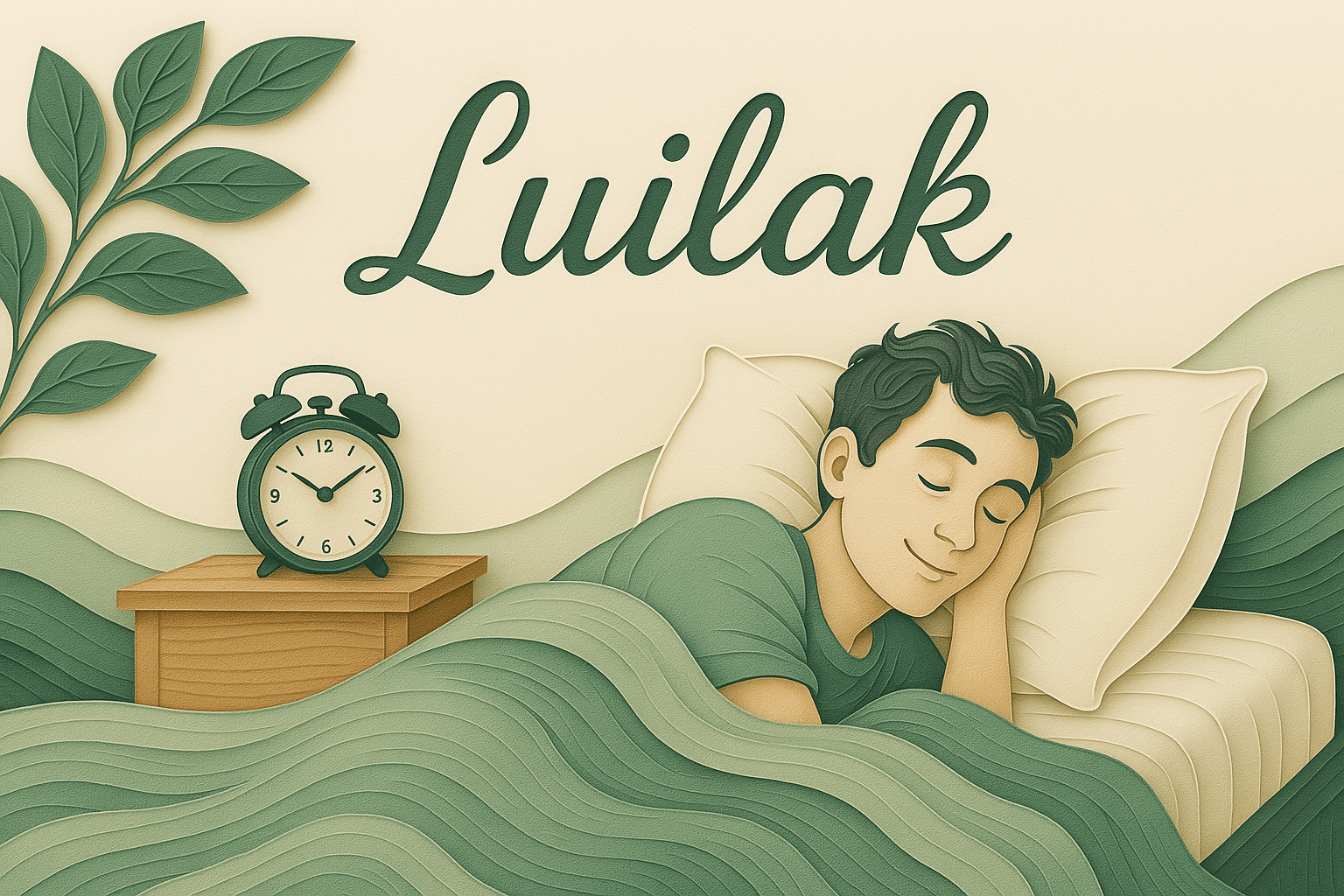What is Luilak?
Luilak, also known as Lazybones Day, is a unique traditional festival celebrated in several towns in the western Netherlands, including Zaandam, Haarlem, and Amsterdam. This lively event takes place on the Saturday before Pentecost, with the festivities beginning early in the morning, often at 4 a.m. The main activity involves young people making noise by whistling, ringing doorbells, banging pots and pans, and creating as much racket as possible to wake up their neighbors. Those who remain asleep are humorously dubbed “Luilak” or “Lazybones” and are often the subject of playful teasing. While Luilak has roots in Dutch tradition, its observance is still prominent in certain regions, particularly in Haarlem.
Luilak is not just about noise and fun; it has deeper cultural and historical significance, celebrating youth, the arrival of spring, and a good-natured community spirit. It brings people together, creating a sense of unity while embracing the playful energy of the younger generation.
History and Origin
The origins of Luilak are surrounded by a mix of folklore and historical accounts. One popular explanation dates back to 1672, when a watchman named Piet Lak fell asleep while on duty. As a result, French invaders were able to enter the country unnoticed. This incident led to the term “Luie-Lak” or “Lazy Lak,” eventually becoming “Luilak” as a reference to people who slept in too late. This tradition continued through the centuries, eventually becoming a day of mischievous fun where late risers are playfully mocked.
Over time, Luilak evolved from a simple cultural observance into a larger community celebration, with certain towns adopting unique ways to mark the occasion. Today, it’s a day where Dutch youth celebrate their freedom and energy, with the festival’s playful spirit enduring in smaller, local celebrations.
Who participates in Luilak?
- Children and Young People: Participate in the main activities, waking up their neighbors with noise and humor, and pulling specially designed wagons known as “luilakken.”
- Local Communities: Join in the lively festivities, often organizing street parades, public gatherings, and activities to celebrate together.
- Market Vendors: In places like Haarlem, local vendors set up flower markets in the early hours of the morning, selling spring flowers and plants to celebrate the new season.
- Tourists and Visitors: Visitors to the Netherlands during Luilak can enjoy the vibrant atmosphere and traditional events, such as flower markets and street performances.
- Families: Often participate by enjoying the festive spirit, spending time together and preparing traditional treats like “Luilakbollen” (Lazybones Cakes).
Slogans and Themes
Luilak revolves around themes of fun, energy, and community spirit. Some common slogans include “Wake Up to Fun,” “Lazybones Beware,” and “Celebrate the Day of Youth.” These slogans emphasize the lighthearted, mischievous nature of the festival while promoting a sense of togetherness and the joy of celebrating springtime.
Colors, Symbols, and Patterns
Colors
- Yellow: Represents the energy and vibrancy of spring, the season during which Luilak is celebrated.
- Green: Symbolizes growth, renewal, and the fresh, lively atmosphere of the festival.
- Purple: Often seen in decorations, representing playfulness and the youth-centered spirit of the event.
Symbols
- Luilakken (Wagons): Small wagons crafted by children, often resembling boots and adorned with branches and thistles, are a key symbol of the festival.
- Flowers: Spring flowers, particularly those sold in Haarlem’s flower market, represent the blossoming season and fresh beginnings.
- Bells and Whistles: Symbols of the noise-making tradition, where young people use bells, whistles, and other tools to wake up the town.
Patterns
- Floral Designs: Reflect the springtime theme of renewal and growth, seen in decorations and merchandise sold during the festival.
- Geometric Shapes: Often used in the construction of the “luilakken,” these patterns emphasize the creativity and energy of the festival.
- Abstract Forms: Representing the playful, carefree spirit of the day, these patterns are often incorporated into promotional materials.
How Do You Celebrate Luilak?
- Participate in Noise-Making Activities: Join in the early morning celebrations by ringing doorbells, whistling, and making noise to wake up your neighbors.
- Attend Flower Markets: Visit local flower markets, such as in Haarlem, to enjoy the festive atmosphere and purchase springtime plants and flowers.
- Create and Pull a Luilak Wagon: Build your own wagon, known as a “luilakken,” and participate in the tradition of pulling it through the streets.
- Share Traditional Treats: Enjoy traditional treats like “Luilakbollen,” which are small sweet rolls served with syrup, a popular food during the festival.
- Celebrate with Friends and Family: Join in with your community to celebrate the day, whether through street performances, parades, or casual gatherings.
Why Is Luilak Important?
Luilak is an important celebration in Dutch culture because it emphasizes the importance of community, youth energy, and a lighthearted approach to life. It serves as a reminder of the joy and freedom that comes with the arrival of spring. While the festival has lost some of its widespread observance in modern times, it remains a cherished tradition in certain Dutch regions. Luilak continues to foster a sense of togetherness, fun, and appreciation for the vibrant culture of the Netherlands.
Features
- National
